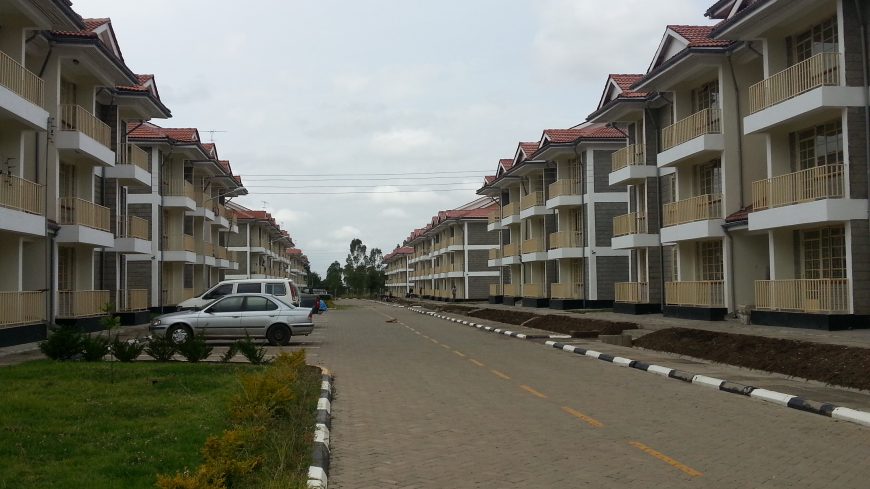Delivering the affordable housing plan that was rolled out by the Jubilee Government , requires requires partnerships between the the Private Stake Holders, Citizens and the Government. This partnership will in turn lead to the potential growth in the real estate sector in Kenya , and place Public Private Partnerships at the center of economic life for one of Africa’s most Rapidly urbanizing Countries .
When the affordable housing plan was first formulated , and presented to Kenyans on November 2017 by President Uhuru Kenyatta ,the move breathed life in the real estate sector in Kenya ,that is still recovering from its worst performance in Six Years. Several Policies and initiatives backed up with strategic partners will be required to actualise this agenda .
The private sector, are one of the main players who are keen to unlock the obstacles that have hindered progress in the construction sector over the past years.Some of the main obstacles include ; Proper planning by local authorities ,provision of adequate infrastructure and a complete overhaul of land registries ,whose ability to deal with the existing volumes of transactions is already strained.
The demand of affordable for affordable housing is one of the most significant opportunities for Public Private Partnerships in Africa , with Kenya having the opportunity to create a workable model for the continent to adapt .
Various economic indicators show that the opportunity for affordable housing is immense and could lead to the creation of 1.3 million jobs across the continent and 400 billion in direct economic activity. Kenya has positioned herself as one of the markets that could lead the way by creating a workable Public Private Partnership model if certain fundamentals issue wrecking the industry are properly addressed.
However the challenges arises in the housing value chain ; the acces of land. As a collective measure we have to look at the municipalities and ask who administers it and address infrastructure requirements and needs first. In retrospect the state plays a role in making it attractive for developers to invest in housing incentives and infrastructure financing .
The need to develop bulk infrastructure has been a principal driver for developers in focussing on higher-end consumers alone, in delivering an estimated 35,000, mostly unaffordable, homes per year, while the lower and middle end of the market continues to be underserved.
Reducing costs and providing finance for aspirant homeowners is critical, in a market facing such an acute shortage. Prices have risen dramatically in Nairobi since 2010, with a ten-fold increase in price from Sh400,000 to Sh4 million for the most inexpensive home. Yet mortgage uptake remains low with only 25,000 mortgage-purchased homes, in total.
Addressing the shortage of homes will provide an economic stimulus to the entire economy through the creation of jobs and increased investment, which is likely to spill over into the regional economy. And while PPPs are not a new route to large infrastructure development, globally, the scale, social focus and timeline of the projects will lead to increased attention by investors, developers and public-sector stakeholders across the continent.

